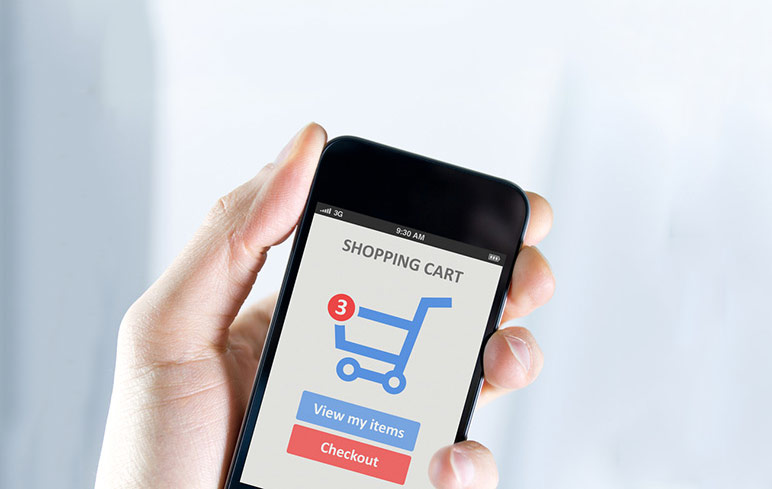M-commerce Usability: Exploring the Mobile Shopping Experience
“This past year appears to be an inflection point…with m-commerce now accounting for about one out of every ten e-commerce dollars, it’s finally time for retailers and marketers to start paying close attention to this platform shift so they can develop strategies to meet the evolving needs of their customers. [Source: Andrew Lipsman, ComScore Vice President, original blog post republished by Washington Post, September 8, 2013]
M-Commerce is a sub-trend of e-commerce and an area of immense potential. Displaying an 86% growth rate, M-commerce is set to reach $86 billion by 2016. Still mainly uncharted waters in the Internet Retailing Ocean, development and launch of mobile shopping capabilities for your online customers needs to be approached strategically for optimal results.
According to testing conducted this year by Baymard Institute—testing Internet Retailer websites such as Amazon, Best Buy, Buy.com (now Rakutan), and Walmart—testers encountered over 1,000 usability-related issues. The resulting report M-Commerce Usability is a compilation of these findings. The report makes specific suggestions on designing your m-commerce site based on how end-users understand and respond to mobile applications while shopping. http://baymard.com/mcommerce-usability
As a ‘new’ platform—we’ll refer to M-Commerce as new since there are still many retailers without mobile shopping cart optimization—it’s loaded with opportunity for Internet Retailers. Strategies are necessary to quickly obtain email for follow up communications should they get interrupted/abandon your website; make their experience informational and painless; and optimize registration and check out.
Mobile apps like Red Laser and Scan, allow users to scan bar codes and instantaneously find the ‘best’ deal. Red Laser states that its application allows shoppers to search “millions of products across thousands of online and local retailers”. This is heady stuff: One Stop Shopping? But it also leads to consumer mentality that they “got” what they wanted. This is misleading. What if the product scanned by the consumer and uploaded into the system is chosen because it was heard or read about it, seen in use by a friend or associate, or chose on trendiness alone? It is quite possibly given the wide variety of reasons consumers initiate a purchase or the search to purchase, that the product scanned is not the perfect choice for them or for their usage.
Personal Shopping Assistant Applications (PSAAs) are a solution to this problem. Choice overload can overwhelm shoppers. This is even more true of online shopping. PSAAs help buyers manage choices and move consumers quickly to decision and ultimately purchase. PSAAs gives the shopper a sense of control, and at the same time provide any technical or product-specific prompts necessary to build their level of confidence to finalize the sale.
Five Things Every Marketer Should Know About Mobile Commerce
[Source: Washington Post, September 8, 2013]
- One out of every three monthly visitors to the average digital retailer Website comes exclusively on mobile platforms.
- Mobile apps drive smartphone retail engagement, while mobile browsing wins on tablets
- Smartphones drive a higher share of m-commerce dollars than tablets, but less on a per device basis
- Browsing can very considerably by platform
- M-commerce spending seasonality shows wider variance than traditional e-commerce
Stay tuned.



Recent Comments